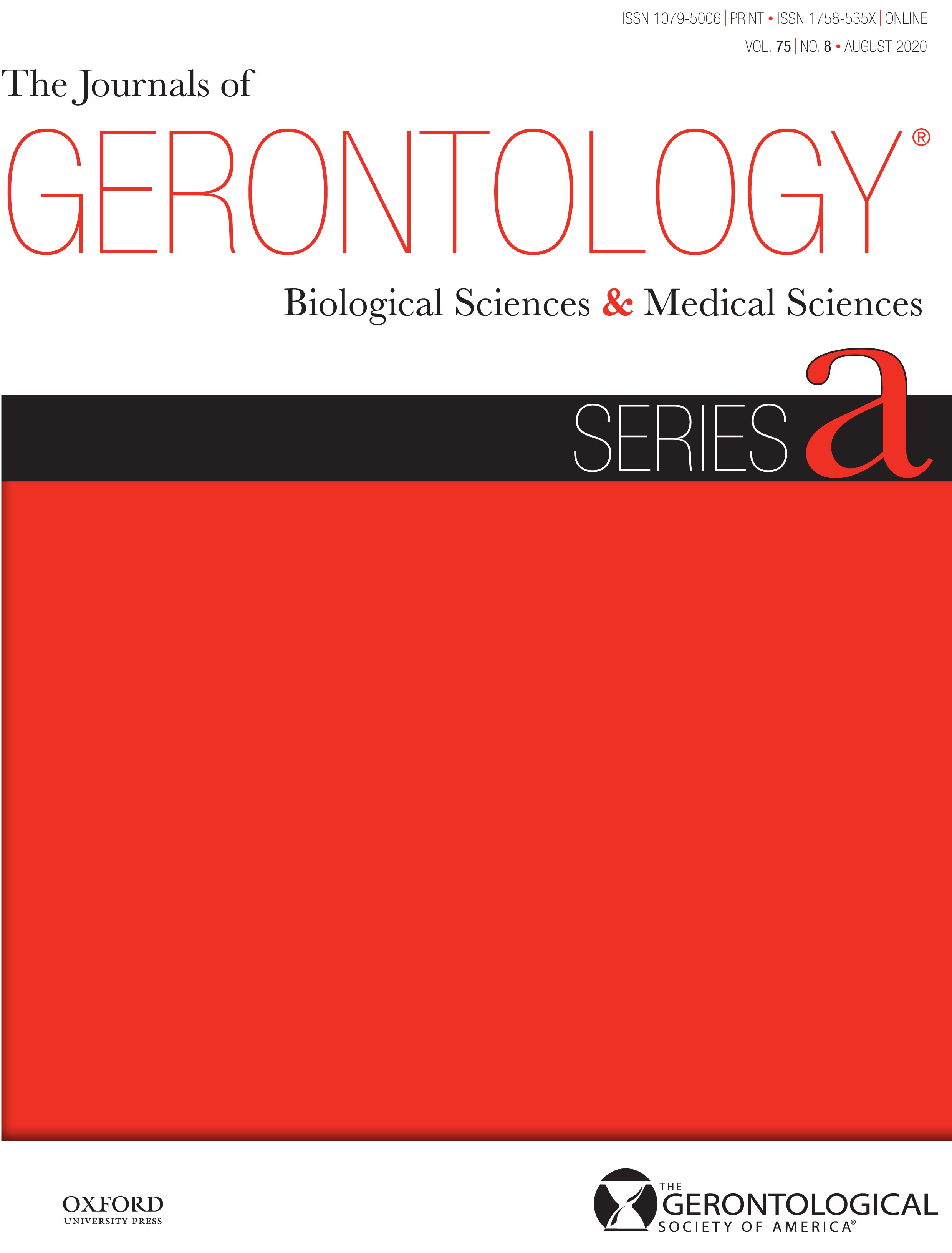Omega-6 Omega-3 Ratio
How to submit an article:
- Registered users can submit any published journal article that has a unique DOI (Digital Object Identifier) name or link to Research Hub.
- For example, you can paste the full DOI link:
https://doi.org/10.1109/5.771073or just the DOI name:10.1109/5.771073into the field above and click submit. - The person who is first to submit a valid article to Research Hub will forever be credited for it, and every article submission earns you +6 Research Points.
Related Topics
Published research studies are articles that present the findings of original research that has undergone a peer-review process and has been made publicly available in scholarly journals, books or other media.
Omega-3 fatty-acids modulate symptoms of depressive disorder, serum levels of omega-3 fatty acids and omega-6/omega-3 ratio in children. A randomized, double-blind and controlled trial
2020 May Psychiatry Research Trebatická J, Hradečná Z, Surovcová A, Katrenčíková B, Gushina I, Waczulíková I, et al.
The study concluded that an omega-3 fatty acid fish oil emulsion showed significant reductions in depressive symptoms and a decrease in omega-6/omega-3 ratio in the treatment group compared to the control group.
Clinical Study Randomised Controlled Trial Omega-6 Omega-3 Ratio
Imbalance Between Omega-6- and Omega-3-Derived Bioactive Lipids in Arthritis in Older Adults
2020 May 03 The Journals of Gerontology: Series A Coras R, Pedersen B, Narasimhan R, Brandy A, Mateo L, Prior-Español A, et al.
Cohort Study Rheumatoid Arthritis Omega-6 Omega-3 RatioCertain oxylipins, which are bioactive lipids derived from omega-6 and omega-3 polyunsaturated fatty acids, are potential key influencers in arthritis in older adults.
Research insights are moderated by the Research Hub team and offer an at-a-glance overview of interesting research findings.

2020 The Journals of Gerontology: Series A
Certain oxylipins, which are bioactive lipids derived from omega-6 and omega-3 polyunsaturated fatty acids, are potential key influencers in arthritis in older adults.
Cohort Study Rheumatoid Arthritis
Imbalance Between Omega-6- and Omega-3-Derived Bioactive Lipids in Arthritis in Older Adults
Coras R, Pedersen B, Narasimhan R, Brandy A, Mateo L, Prior-Español A, et al.
Review Articles
Review articles summarise and critically evaluate the current state of research on a specific topic or field by synthesising multiple primary research studies.
Clinical Trials
Clinical trials are research studies that involve people and are conducted to evaluate the safety and efficacy of new treatments or interventions, such as drugs, medical devices, or behavioural therapies.
Study Protocols
Published study protocols are detailed plans that outline the objectives, methodology, statistical analyses, and organisation of a research study that have been made publicly available for others to review and use as a reference.
Presentation Slides

Cohort Study
Certain oxylipins, which are bioactive lipids derived from omega-6 and omega-3 polyunsaturated fatty acids, are potential key influencers in arthritis in older adults.
Coras R, Pedersen B, Narasimhan R, Brandy A, Mateo L, Prior-Español A, Kavanaugh A, Armando AM, Jain M, Quehenberger O, Martínez-Morillo M, Guma M
Executive Summary
Write an executive summary in the form of a blog article on the topic of "Research into Chinese medicine treatment for Omega-6 Omega-3 Ratio" summarising the research below and using language that can be easily understood by patients and avoiding medical jargon using a professional and caring tone of voice.
Write an executive summary in the form of a blog article on the topic of "Researched Chinese medicine treatments for Omega-6 Omega-3 Ratio" summarising the research below in an objective and easy to understand way, and using language that can be easily understood by patients. Group the article into Chinese medicine treatments first, followed by nutrition and other treatments. Avoid using medical jargon and use a professional and caring tone of voice.
Write me a concise but easy to understand executive summary on the topic of "Chinese medicine treatments for Omega-6 Omega-3 Ratio" based on the following research that I will give you. Your summary should be 2 paragraphs long in Australian English spelling and include references to the studies.
A Cohort Study published in 2020 in the journal The Journals of Gerontology: Series A found that Certain oxylipins, which are bioactive lipids derived from omega-6 and omega-3 polyunsaturated fatty acids, are potential key influencers in arthritis in older adults. The research method involved an observational prospective study of 64 patients over the age of 60 with newly diagnosed arthritis, which was categorized as Elderly-onset rheumatoid arthritis and polymyalgia rheumatica. Patients' blood samples were taken at the start of the study and 3 months post-treatment, with results compared to 18 control samples. A thorough clinical examination was conducted for each patient. Serum oxylipins (bioactive lipids derived from omega-6 and omega-3 polyunsaturated fatty acids) were determined through mass spectrometry, and data analysis was performed. In the discussion, it was found that the levels of certain oxylipin species were significantly different between control subjects and arthritis patients. Interestingly, the ratio of omega-3 to omega-6 polyunsaturated fatty acids was significantly downregulated in elderly-onset rheumatoid arthritis patients compared to controls. Two oxylipins, namely hydroxydocosahexaenoic acid and dihydroxy-eicosatrienoic acid, were identified as top candidates for differentiating polymyalgia rheumatica from elderly-onset rheumatoid arthritis. Following treatment, the levels of omega-3 derived anti-inflammatory species increased in elderly-onset rheumatoid arthritis patients.
Moderation Tools
Topic
Sign In
Users not signed in are limited to viewing the 5 most recent items of content.